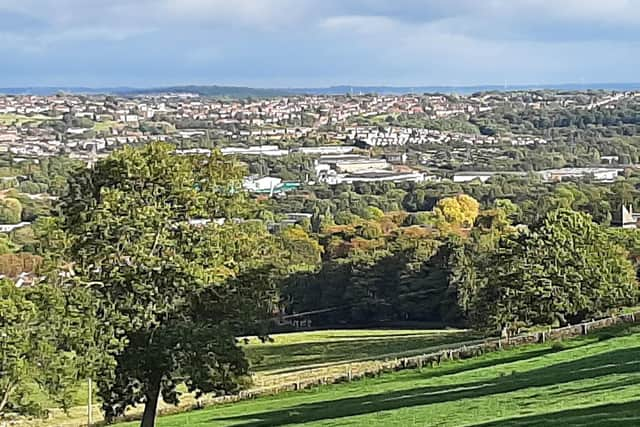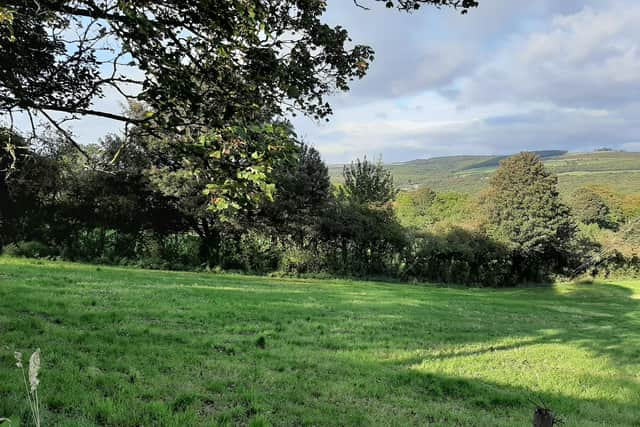Seven per cent of Sheffield's beautiful green belt could be lost as part of Government plan to build 16,000 new homes
and live on Freeview channel 276
Council officers warned that meeting the Government’s housing supply targets will require more than 16,000 homes being built on land currently designated as Green Belt, affecting more than seven percent of it, in a report preparing councillors to settle on a blueprint for the city.
Building on the Green Belt is highly controversial and officers said reaching the Government’s housing supply goals would require moving the Green Belt boundary to the point where it would likely cause serious harm to the environment and undermine Sheffield’s reputation as the outdoor city.


Advertisement
Hide AdAdvertisement
Hide AdWhile they advised the Government’s target was only a starting point and not necessarily realistic, four out of five of their suggested options involved building on previously undeveloped spaces.
Feedback from a consultation on the local plan showed residents were strongly against Green Belt development but with increasing housing need, pressure to increase employment opportunities and nowhere else in the region to build, the council faces a tough decision ahead.
MORE PLANNING: Sheffield bus lane plans - proposals for Ecclesall Road and Abbeydale Road will 'not be pushed through'
How much housing will Sheffield need?


The council planned to accommodate around 40,000 new homes up to 2039.
But last year the Government imposed an increased housing target for the largest cities, making Sheffield’s new target more than 53,000 in the same time period.
Advertisement
Hide AdAdvertisement
Hide AdBut the Government’s calculations were much criticised by the council which said a more accurate estimation is around 1,000 homes per year less than that.
The local authority said around 37,355 homes can be built on suitable brownfield land, leaving a gap of some thousand homes that will need to be built elsewhere.
Sheffield Council has asked other local authorities in the region for support in meeting its housing need but they said they cannot take any more on.
How will it be decided?
The National Planning Policy Framework states that authorities must prioritise reusing any brownfield sites and consider all other reasonable options before altering the Green Belt and councillors will need to decide whether the benefits of releasing land for development outweighs any harm that might be caused.
Advertisement
Hide AdAdvertisement
Hide AdIn a report, officers said: “The decision on whether to consider allocating previously undeveloped land in the urban area and/or Green Belt land for development is a difficult one.
“There is no doubt that many members of the public would prefer to see future development restricted to brownfield sites both to protect the city’s green heritage and to promote more sustainable patterns of development.
“But equally, there is considerable public support for providing more affordable housing and a wider mix of housing than will be achievable if we focus development on brownfield land only.
“Additionally, our ability to have flexibility around employment opportunities would be compromised in this scenario and economic viability remains a problem on many brownfield sites; meaning that the release of greenfield sites (which are generally more economically viable), could help to increase the supply of affordable homes for example.”
Councillors on the climate change, economy and development committee will be asked to state their preferred option in a meeting on Thursday, January 13.
